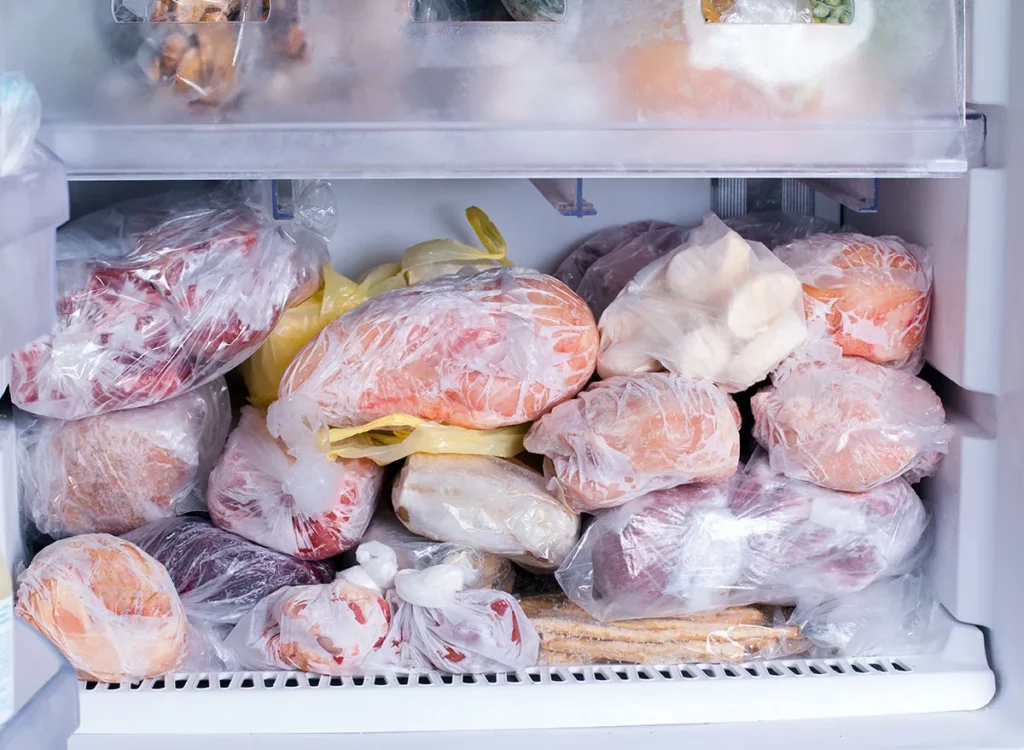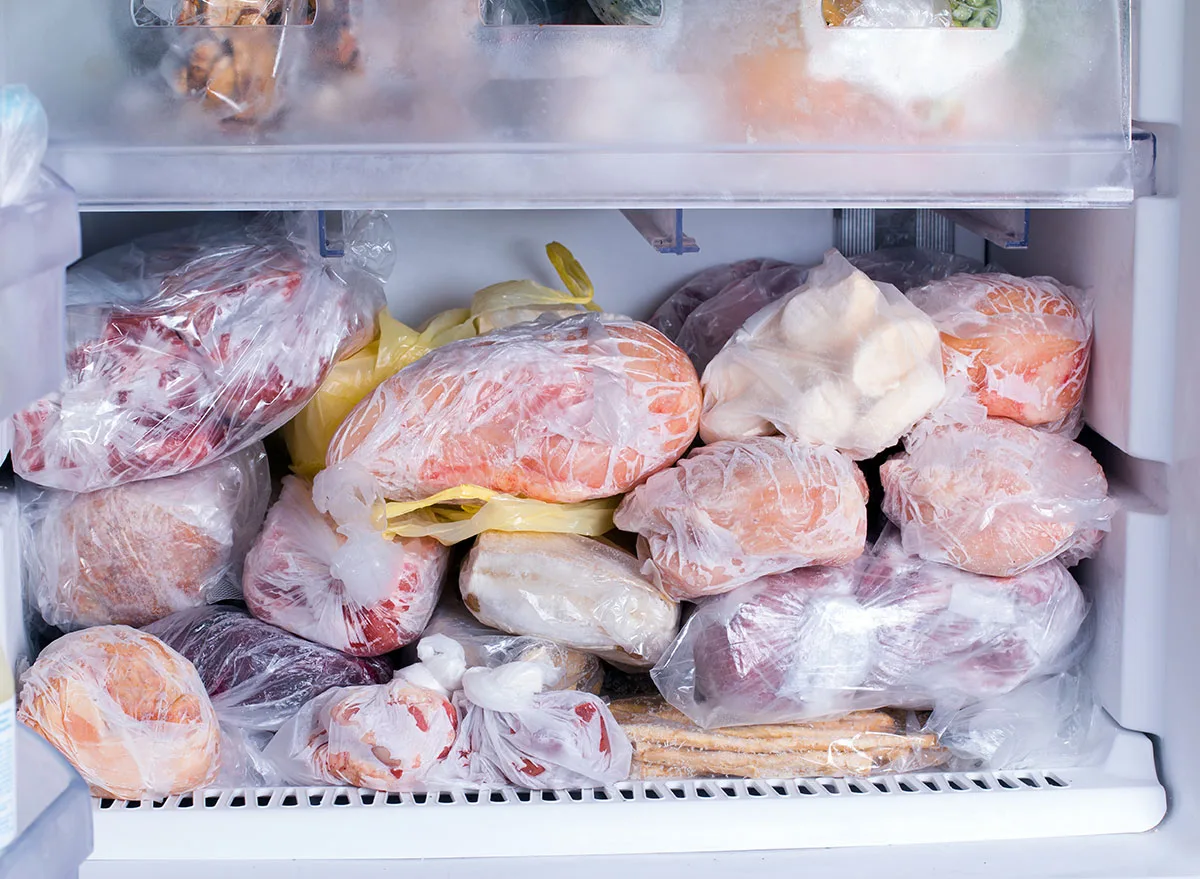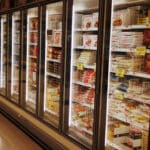- February 10, 2022
- By Kayyum Halai
- Frozen Food

The best conditions for thawing meats, poultry, and seafood are in the refrigerator. While this may take a while, it’s the safest method and best preserves the food’s texture and quality. Leave the food in its original wrapping and set it on a rimmed tray or plate to contain any juices.
The larger the item, the longer it will take to thaw. For instance, a 4-pound roast will take close to 24 hours, while an 8-ounce chicken breast will thaw in a few hours. A good guideline is 5 or 6 hours for every pound.
While you may be tempted to defrost something on the counter overnight, don’t. Left at room temperature, the outside of the food will warm up enough to be a possible breeding ground for harmful bacteria, while the inside remains frozen. (Food should be left out on the counter to thaw for no more than 2 hours.)
Always follow proper methods to prevent illness
Freezing food does not kill bacteria, it only stops bacteria from growing. As food thaws, bacteria can reawaken and start to reproduce. That’s why it’s so crucial to defrost food properly to help ensure bacteria does not continue to grow and cause food poisoning.
Never defrost food at room temperature — this means no defrosting of food on kitchen workbenches or other surfaces. Also ensure that food is fully defrosted before cooking, unless otherwise stated in the packaging that the food item is designed to be cooked from frozen.
Properly defrosting food is an important step in food safety — especially if you work in a food business. It’s a Food Handler’s responsibility to understand the food safety hazards related to their job, ensure all steps are taken to help prevent food-borne illness and be properly trained in food safety.
Priority Is to Maintain Cold Food Chain
A cold chain is a low temperature-controlled supply chain network. An unbroken cold chain is an uninterrupted series of refrigerated production, storage and distribution activities, along with associated equipment and logistics, which maintain quality via a desired low-temperature range.
The cold chain is the system that follows a series of steps to ensure that food reaches the final consumer in good condition. It consists of trying to maintain a controlled and adequate temperature to guarantee the quality of the frozen or refrigerated food throughout the process: from the handling, conservation and storage of the food, to its transport, distribution and sale. If the temperature is not controlled throughout this process, the properties of the food will degrade and pathogenic microorganisms (bacteria, mold, etc.) will reproduce.
Stages of the cold chain in food:
- Production and treatment: At this stage, food must maintain a stable temperature. Cold stores are necessary during this phase, as they will allow the product to be handled.
- Transport: During the transport of food, we must not neglect the loading and unloading time, since this is where the food could deteriorate.
- Storage: Food storage should be done in cold rooms and freezers. Both cold stores and freezers need reading devices to control and vary the temperature.
- Distribution and points of sale: Food distribution is one of the most complex phases, since it is when food can change in temperature. We must try to distribute the merchandise in the shortest possible time until it reaches the point of sale.
- End user: At this stage, the end consumer has to protect and preserve food with ideal temperatures until later consumption (either a food that needs to be at room temperature, in the freezer as it is a frozen product, etc.).



